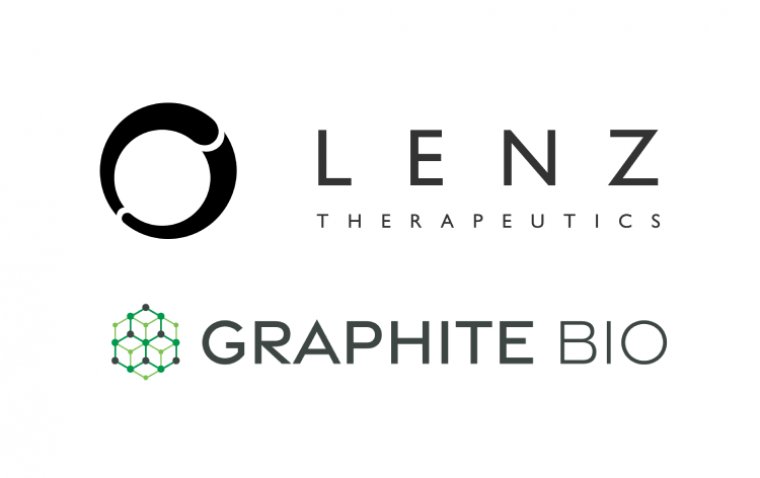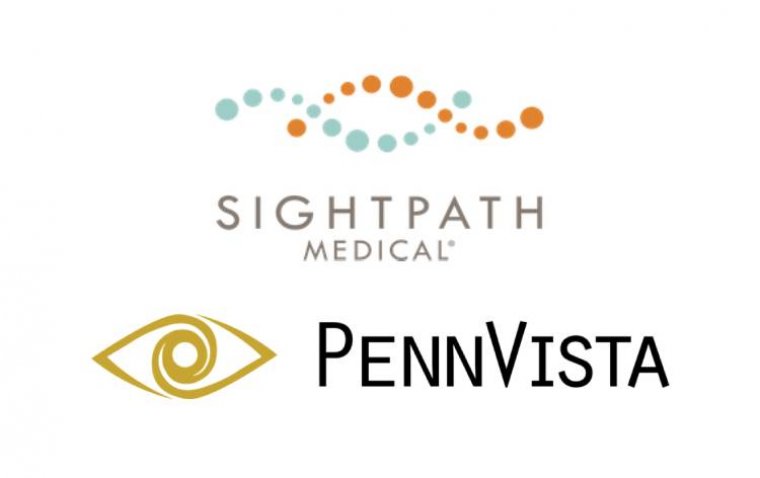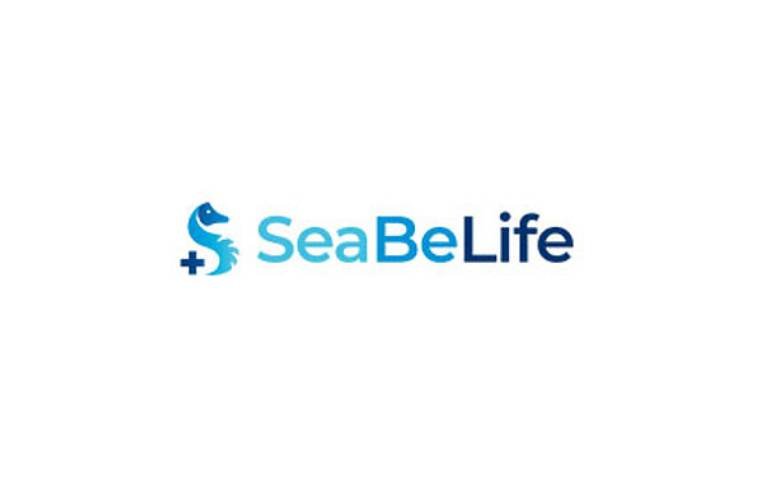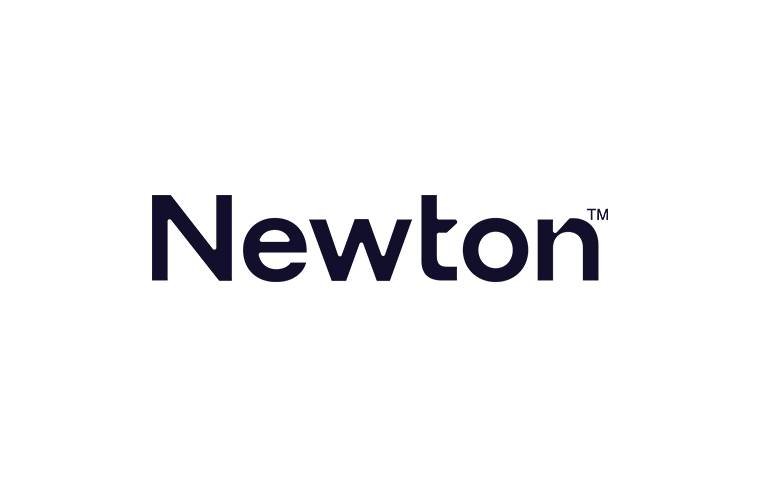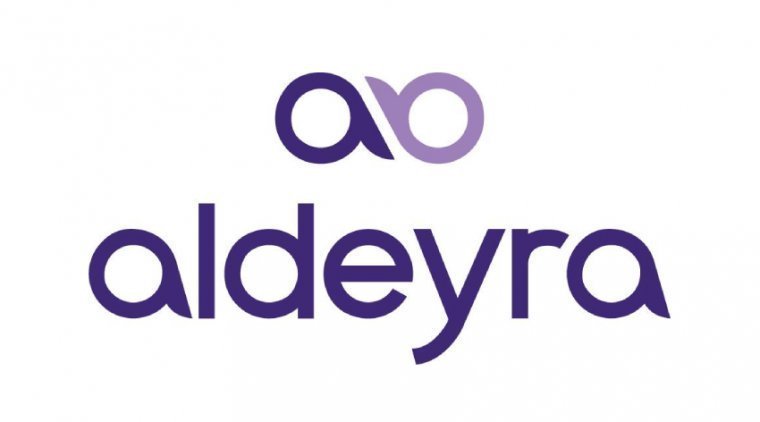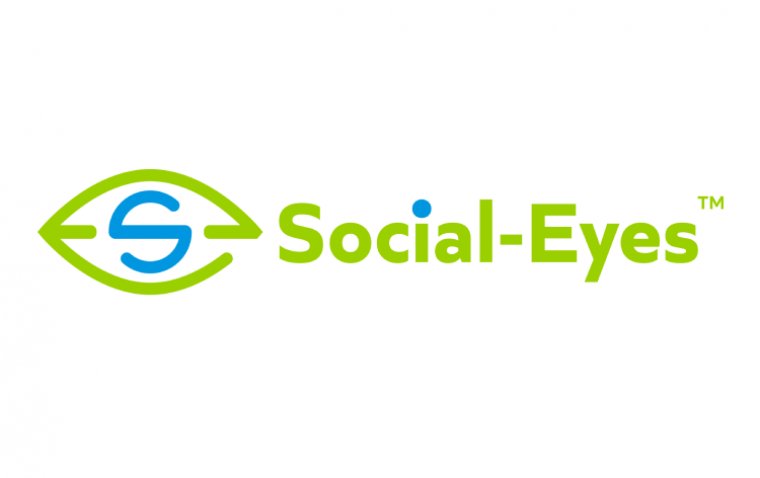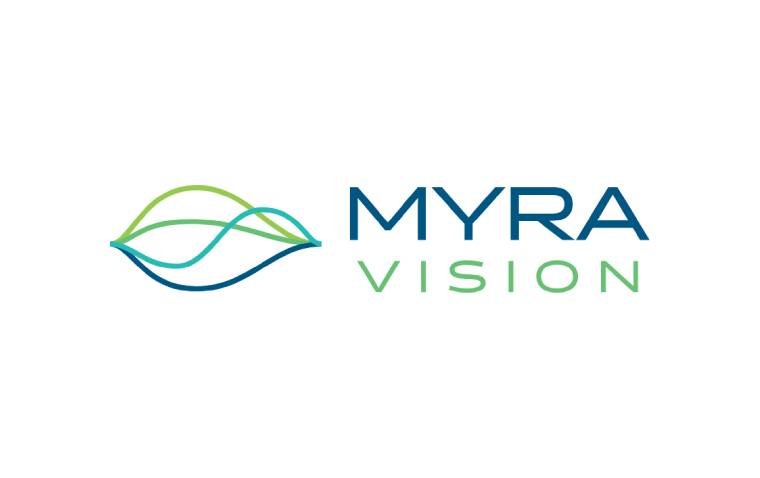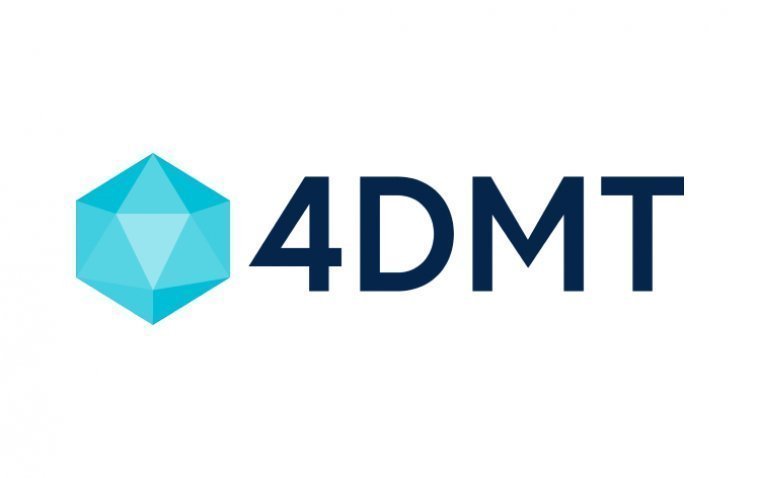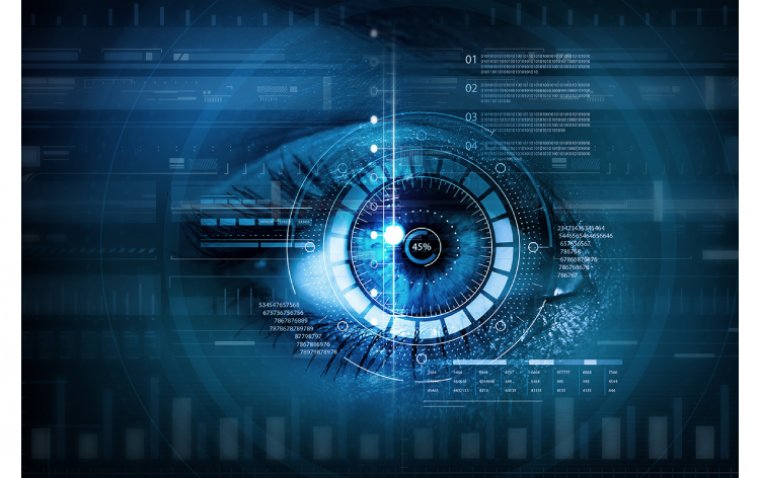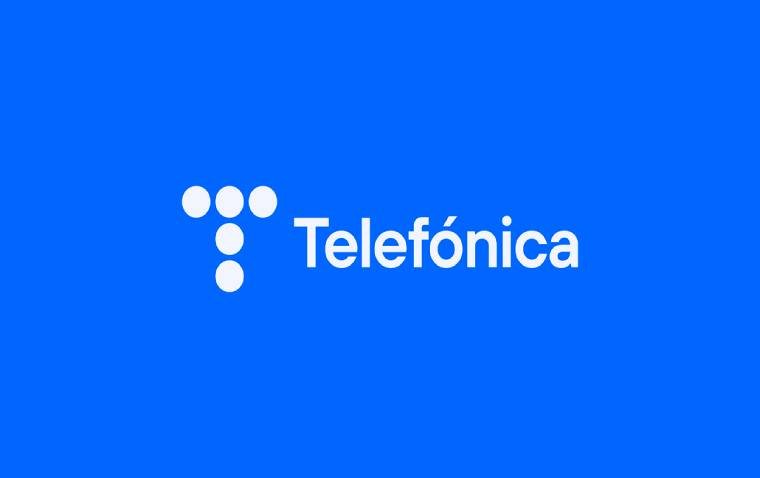
Telefónica Integrates 5G and AI to Advance Ophthalmic Diagnostics with CatEye
Telefónica is set to showcase its latest 5G and Artificial Intelligence (AI) healthcare innovations at the Mobile World Congress (MWC) in Barcelona, with a particular focus on ophthalmology. The company has developed CatEye, a 5G-enabled device designed to streamline cataract detection and optimize patient care by supporting ophthalmologists with real-time, AI-powered diagnostics.
CatEye: Revolutionizing Cataract Detection with 5G and AI
Cataracts are a leading cause of vision impairment worldwide, particularly among older adults. Timely diagnosis and surgical intervention are critical to preserving vision. Recognizing this need, Telefónica, in collaboration with Edgendria Innovación, has developed CatEye—an autonomous diagnostic device that leverages 5G connectivity, edge computing, and AI algorithms to assess the severity of cataracts and recommend surgical intervention when necessary.
How CatEye Works
1. Autonomous Eye Imaging:
• CatEye is equipped with precision servomotors and a specialized optical platform that autonomously captures high-resolution photographs of both eyes.
• The device operates without the need for specialized personnel, making it accessible to a broader range of healthcare environments.
2. Real-Time AI Analysis via 5G:
• Once the images are captured, they are transmitted via 5G to Telefónica’s edge computing infrastructure, where an AI algorithm analyzes the photographs for cataract indicators.
• The AI evaluates specific parameters to determine whether the cataract is incipient or advanced enough to warrant surgical intervention.
3. Decision Support for Ophthalmologists:
• The AI-generated results are instantly communicated to ophthalmologists, empowering them to delegate routine diagnostic tasks and prioritize surgical cases more efficiently.
Improving Access to Cataract Diagnosis
The portable design of CatEye ensures that the device can be:
• Easily transported to rural or underserved areas, where access to ophthalmic care is limited.
• Operated by trained technicians, reducing the burden on specialist ophthalmologists.
• Deployed in various settings, including community clinics, pharmacies, and mobile healthcare units.
By simplifying the cataract diagnosis process, CatEye enhances early detection and improves access to care for vulnerable populations.
The Impact of 5G and AI on Ophthalmic Care
1. Real-Time Diagnostics
5G technology ensures that large diagnostic images are transmitted with minimal latency, allowing for immediate analysis and clinical decision-making.
2. Enhanced Diagnostic Precision
The AI algorithm can detect subtle changes in the eye that may indicate early-stage cataracts, improving diagnostic accuracy compared to traditional screening methods.
3. Streamlined Workflow for Ophthalmologists
By automating the imaging and analysis process, CatEye allows ophthalmologists to focus on complex cases and surgical interventions, ultimately improving patient throughput and clinical efficiency.
A Step Forward for Tele-Ophthalmology
The development of CatEye highlights the growing role of telemedicine in ophthalmology. With 5G connectivity, ophthalmic care can now extend beyond hospital settings to reach remote communities.
(1).jpg)
